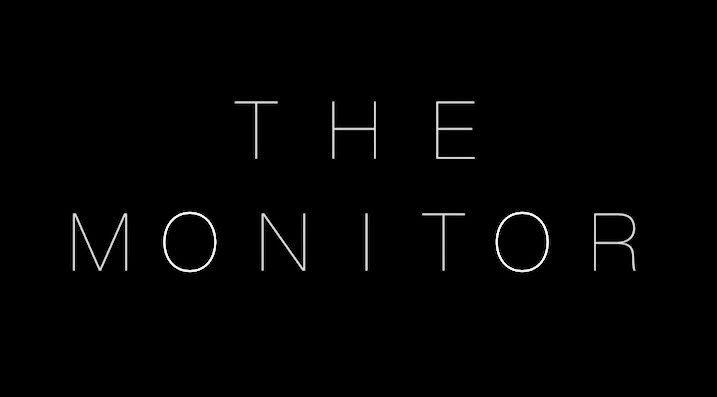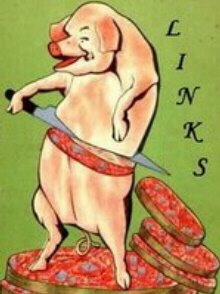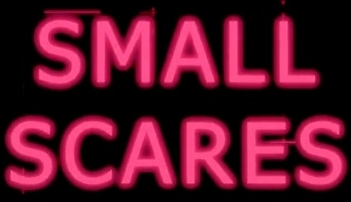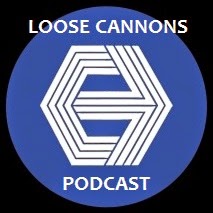After a nice little break, I continued on with my viewings of the unseen titles on the Time Out Best 100 List. The two remaining entries to which I’d
been most looking forward, were a pair from Italian maestro Mario
Bava, Black Sabbath and Black Sunday. Today, I’ll be talking about
the former.
Black Sabbath (aka Three Faces of Fear, the original Italian version that I watched) spins three
spine-tingling tales in this 1963 anthology hosted by Boris Karloff.
One of the most dependable constants in
horror is Mario Bava. He rarely, if ever, disappoints and Black
Sabbath is a shining example of that. In Italian genre film, you
often get the beautiful visuals of the surreal and interesting,
grounded narratives, but rarely in the same picture. You usually get
one or the other, but I find that Bava balances the two effortlessly.
The structure of Black Sabbath is very well laid out, sandwiching a
supernatural story between two contemporary thrillers, involving
revenge and greed.
The first story entitled The Telephone,
is a wonderfully orchestrated piece of suspense. It features the
beautiful and curvy Michelle Mercier terrorized by an unknown caller
who seems to know her every move inside her apartment. Likely
knowing they were the strongest of the trio, Bava puts the emphasis
on the dialogue and performances for this one. However, even with
this part being the most reserved visually, it is still gorgeous to
look at. I was quite astonished to discover that this segment was
apparently the first Italian thriller to be shot in colour. Bava had
always been a master of lighting – just a way a shadow falls across
a characters face can speak volumes – but I find it amazing that
he could become so quickly adept at using colour in this context.
 |
| Michelle Mercier in Black Sabbath's The Telephone. |
The second part of Black Sabbath is a
period piece called The Wurdalak, and is about vampires that feed on the
blood of those they loved while they were alive. It stars genre great
Boris Karloff as the title character and Mark Damon. Damon, who in
addition to his successful acting career, went on to become a
legendary producer and is the man we have to thank for introducing
Clint Eastwood to Sergio Leone. It is during this story that the
visuals and mood kick into another gear. As I've stated before, it
is impossible to watch a Bava film and not see something that was
subsequently reappropriated by other filmmakers. I wager that
director – and coincidentally Best 100 panelist – Guillermo del
Toro was a big fan of this film.
| Black Sabbath (left) & del Toro's The Devil's Backbone. |
Getting back to the use of colour, I
have noticed that Bava tends to choose one and then use it to
punctuate an entire piece. In 1965's Blood & Black Lace, that
colour is red – the crimson mannequins and velvety curtains
literally spring from the screen – and in Black Sabbath it is
purple, which makes for some breathtaking shots.
The last story, and my favourite, is
The Drop of Water. It has a fantastic hook and a wonderful urban
legend quality to it. It is the kind of story, involving Jacqueline
Pierreux being haunted after stealing from the dead, that you can
imagine yourself telling while sitting with friends around a roaring
campfire. This story is also the most visual of the three with an
antagonist that is the stuff of nightmares. Again, it was hard not
to think of how many filmmakers this affected.
| Mario Bava's Black Sabbath (1963) |
 |
| Dario Argento's Suspiria (1977) |
 |
| James Wan's Insidous (2010) |
Not to sound like a broken record, but
there can be no overestimating the importance of Bava’s work on
modern horror. The Time Out crew were obviously aware of this, as
Bava has four titles on the list, tying him with
George A. Romero as the most prolific director on there. Check back
tomorrow when I share my thoughts on Bava's 1960 debut, Black Sunday.
















2 comments:
R U able to find most of these Time Out Best titles in video shops like Suspect and Queen St Vid, or are you finding them on torrents?
Torrents? What are those???
Actually, so far I've been getting them from the Queen St. video store Eyesore Cinema, and borrowing from friends. As the titles become more obscure though - Come and See for instance - I may have to explore other avenues...
Post a Comment